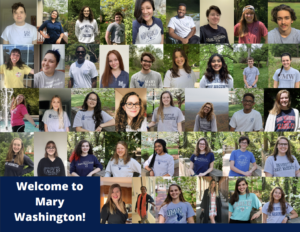Dear Colleagues,
For several years, faculty members have been asking UMW to offer a Faculty Early Retirement Incentive Program (FERIP), and we are now at a point where it makes strategic sense to put such a plan in place. In response, UMW has designed a program that will provide an incentive to eligible faculty members who may be thinking about retiring but need some short-term financial assistance to make it work. At the same time, the proposed plan will provide the university with some additional flexibility in strategically allocating faculty positions that align enrollment and academic program demand.
A proposed plan was approved by the Board of Visitors at its meeting on February 18, 2022, but implementation of the plan is contingent upon a multi-layered state approval process, which is ongoing; for this reason, UMW’s FERIP is not yet considered final.
The proposed plan offers approved participants 100% of their final base salary payable monthly over a two-year period.
The application period is tentatively planned for this fall with a required retirement date of May 15, 2023. Per the requirements in the Code of Virginia, only teaching faculty are eligible to apply for the FERIP. Additional eligibility criteria include : tenured status; at least 60 years of age; employed full-time in a non-classified teaching position at UMW for at least 10 years, and agree to withdraw from active membership in the Virginia Retirement System.
The proposed early retirement plan is entirely voluntary and eligible faculty must apply to participate. Applications will be assessed by a committee comprised of the Provost, Deans, the Chief Financial Officer, the Chief Diversity Officer and the Executive Director of Human Resources. Further details about the application and approval process will be provided once we receive final state authorization to move forward with implementation of the proposed plan.
Sincerely,
Timothy M. O’Donnell Beth Williams
Interim Provost Executive Director of Human Resources

